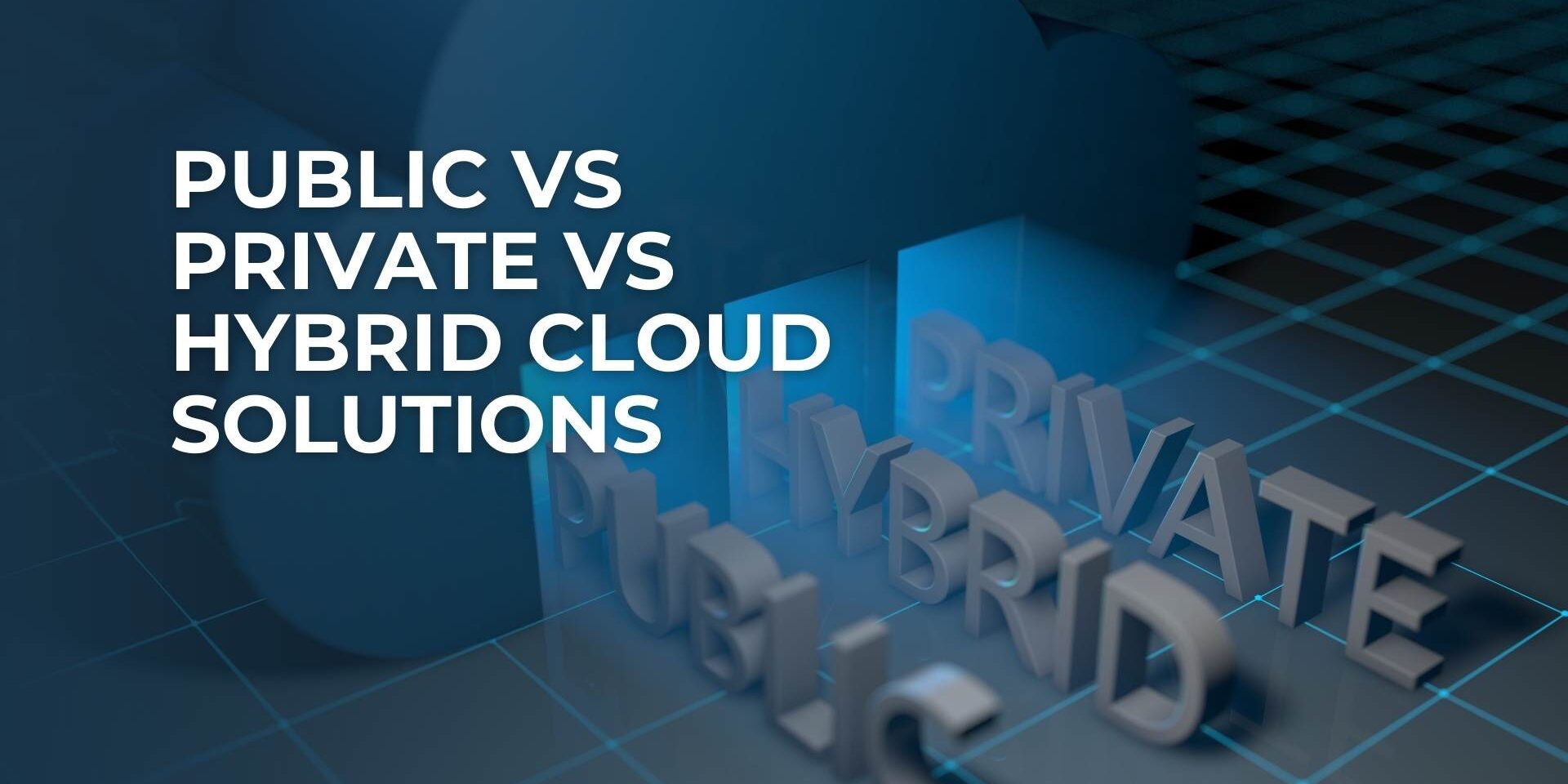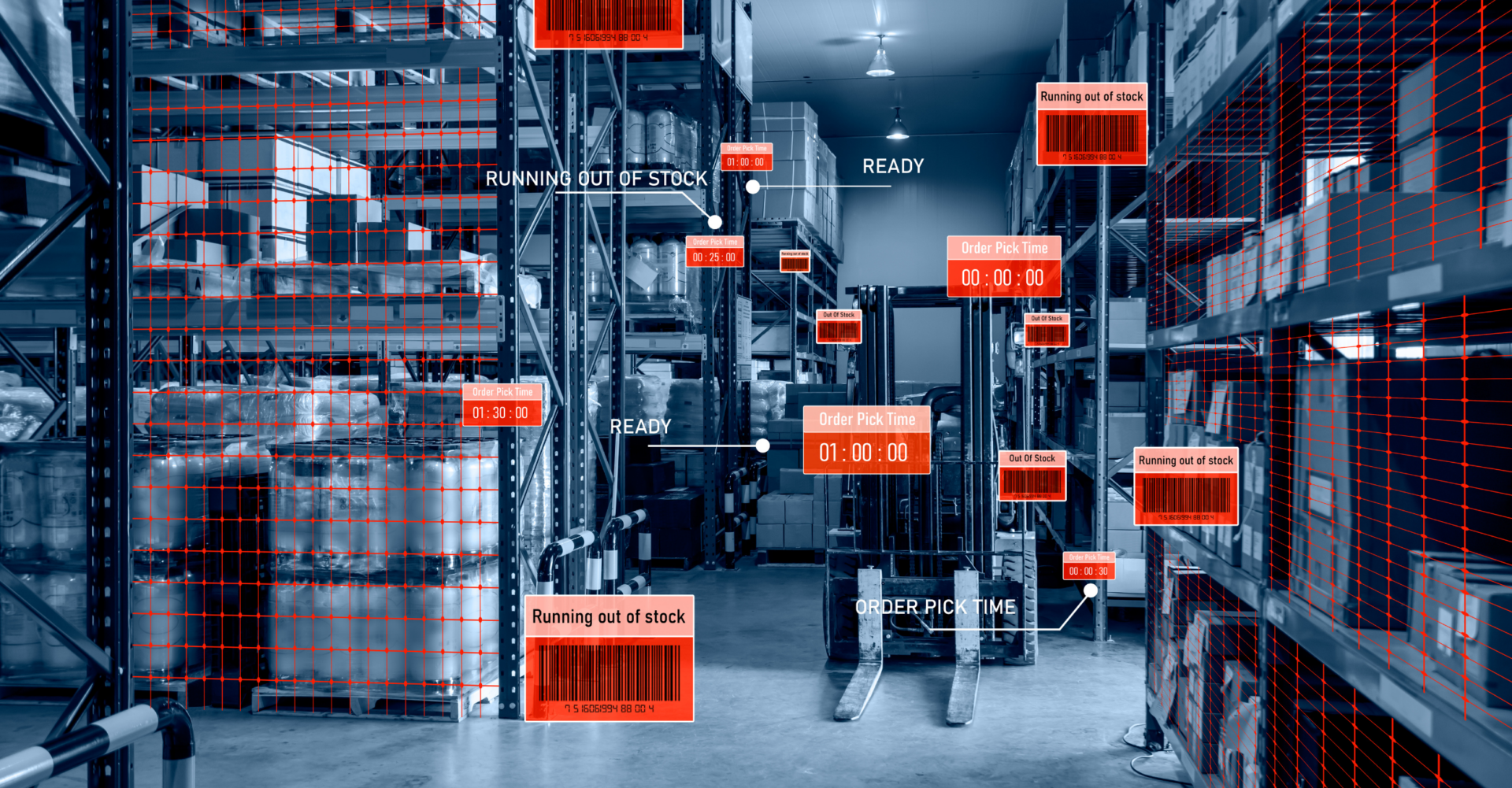
Types of Cloud Solutions
Ah, the cloud. You know you are already using it somehow. But what the heck is it really?
Using the cloud (in technical terms) means accessing a server that is not physically located in your office to use and share IT applications, data, and services across a network or internet connection.
There are many different cloud configurations available and things to consider when evaluating each. To help make this process easier, we’ve created a guide to help you decide which is the best option for your business.
Why Use the Cloud?
There are several benefits in using the cloud that will deliver value for almost any business.
In general, the cloud delivers many infrastructure advantages for businesses that want to control costs and manage change. You can reduce the amount of hardware your office needs to stay operational, ultimately spending fewer man-hours maintaining a local server. Scalability is an advantage, with the ability to upgrade or downgrade resources on demand. And you only pay for the server space you need.
Additionally, the cloud is secure. Servers that make up the cloud are housed in a highly secure, disaster-proof environment. Servers that make up “the cloud” are housed in a data center facility managed by IT experts ensuring they remain operational 24/7.
While the overall benefits are great, different cloud solutions work better for different businesses depending on day-to-day operational needs.
Public Cloud
Using a public cloud means that you share a physical server with other businesses. This physical server is partitioned into multiple, separate servers. Now, this doesn’t mean that you can access another company’s data and vice-versa. The server assigned to your business is only accessible by you and your team. But you are sharing the hardware with multiple businesses.
If your business must follow a multitude of rigid compliance standards, this might not be the best option. For businesses that do not have extremely strict security standards or regulations to adhere to, the public cloud is a viable, cost-effective choice.
Private Cloud
With a private cloud, your server is used ONLY for your business. It can be housed in a data center outside of your office or locally. Either way, it is entirely dedicated to your data and applications.
A private cloud allows for custom configurations and peace of mind knowing that only you and your team use that physical server and have control of its operation, access, and maintenance. Businesses that have strict compliance standards (government contractors and healthcare practices) are likely to use this type of cloud solution.
100% Cloud
Opting for a 100% cloud setup means that ALL of your computing is done through an internet connection. While you’ll still one or more thin clients to connect to your cloud server(s), your overall hardware needs and expenses will be reduced.
To access your server, you’ll log into a portal. The portal delivers a secure, uniform experience regardless of the device you’re working on or the location you’re working from, and you won’t have to worry about server configuration issues with individual end-users. A 100% cloud environment is ideal for companies that don’t have an in-house IT department to maintain a server.
Hybrid Cloud
A hybrid cloud setup incorporates the private and/or public cloud as well as a physical server. This is the cloud solution that most companies use. In fact, “85% of businesses have a multi-cloud strategy.”
One of the biggest benefits of a hybrid solution is download speed. If you are working with large files, say upwards of a few MBs, having to download them every single time you need them will slow you down. It takes time to download files from the cloud because you are using the internet. It’s not a direct, line-in connection that you’d use with a physical server.
Additionally, many SMBs use a hybrid solution to achieve data redundancy. With this option, every file or application that you have onsite can also be backed up to the cloud as a safeguard against breaches or loss at your main facility.
A hybrid solution gives you the best of every cloud benefit: redundancy, the ability to access your server remotely, and fast download speed. That being said, it can be more expensive than 100% cloud because you will still have to maintain a physical server. Whether you opt for this cloud configuration will depend on your business file sizes, security requirements, and budget.
Embracing the Cloud
Adopting the cloud is good for business in any fast-paced industry, especially if you want to increase efficiency, ROI, and mobility. If you have further questions about the right cloud setup for your business, please reach out. We want to help ensure the right cloud computing scenario for your success.
Using the cloud (in technical terms) means accessing a server that is not physically located in your office to use and share IT applications, data, and services across a network or internet connection.
There are many different cloud configurations available and things to consider when evaluating each. To help make this process easier, we’ve created a guide to help you decide which is the best option for your business.
Share the IT Brain Power
More from the BECA Blog



